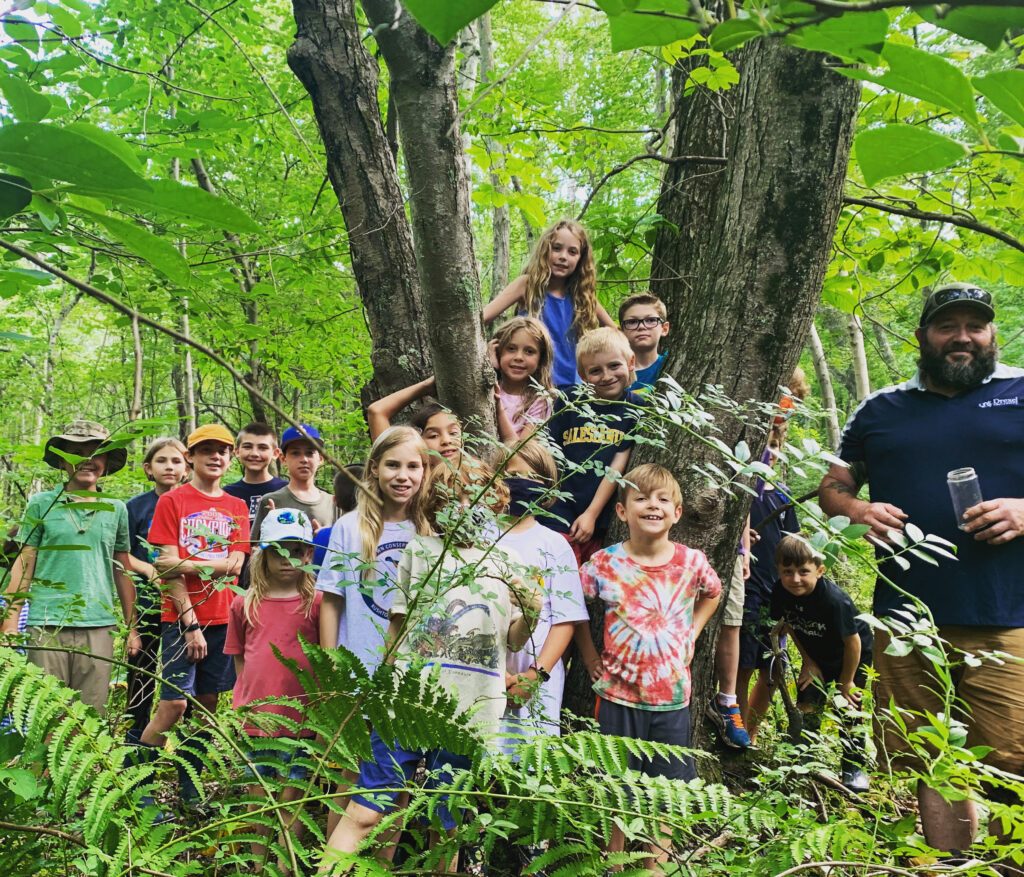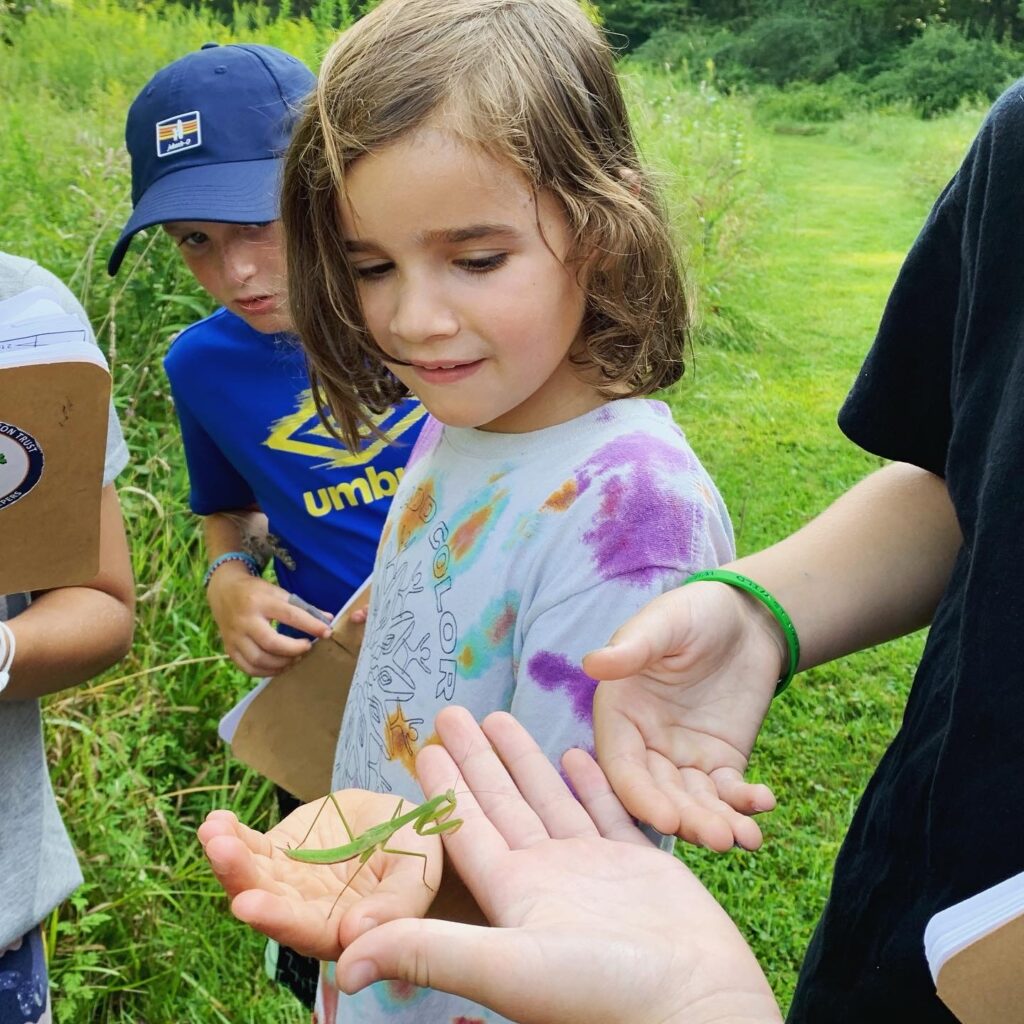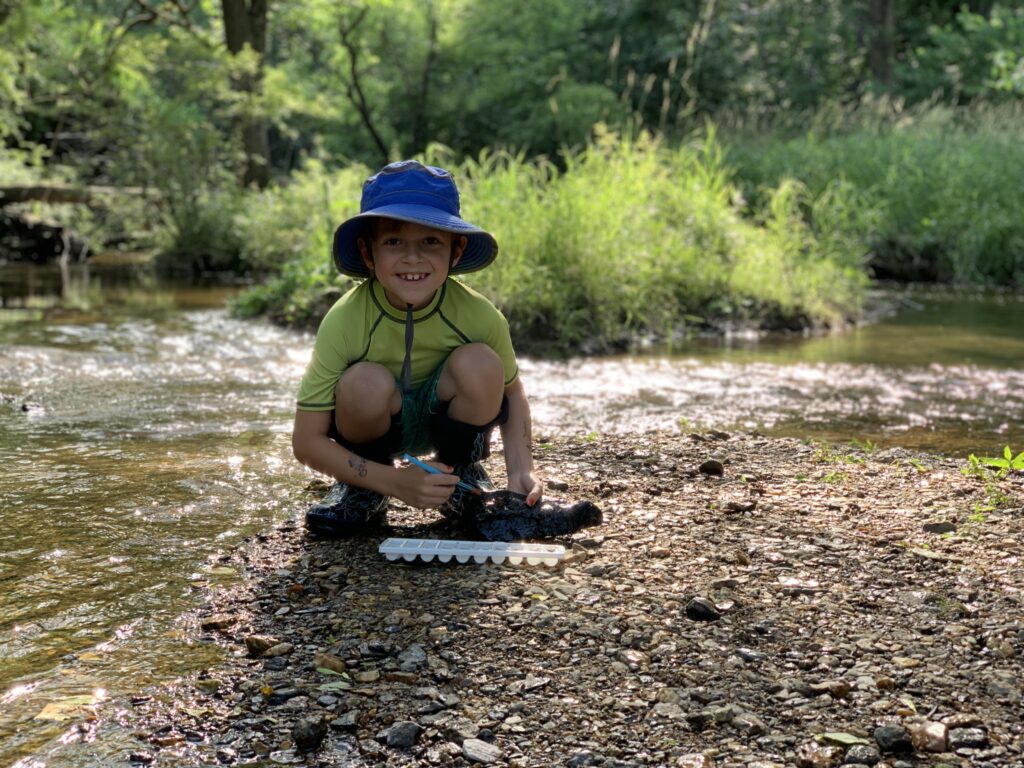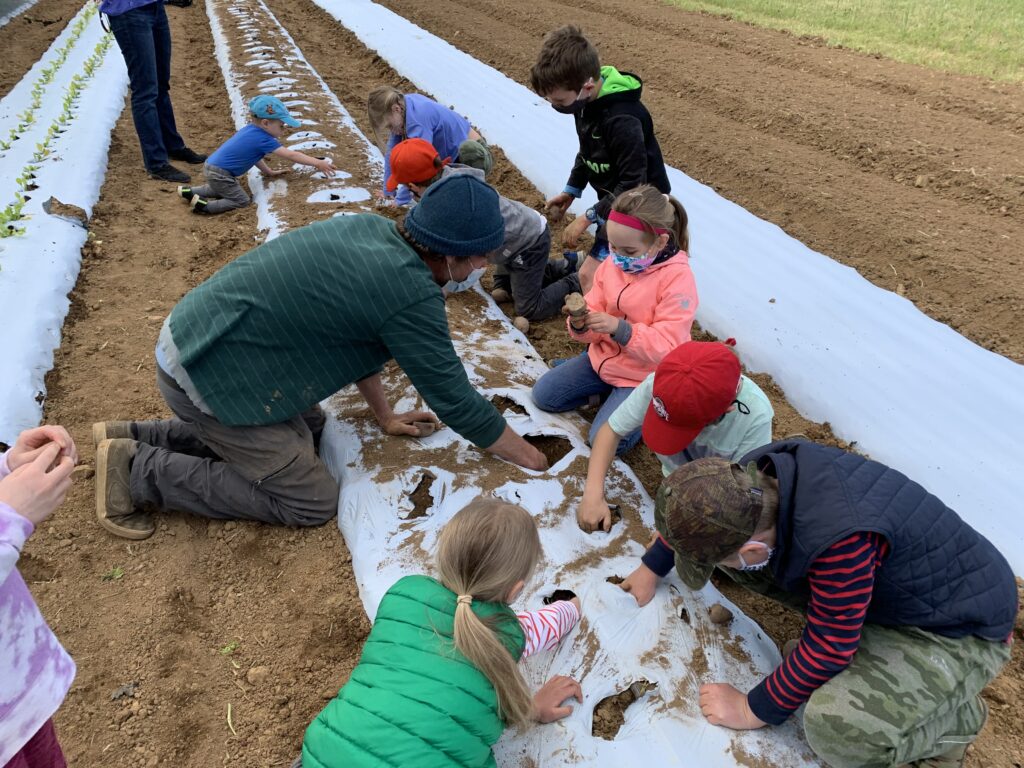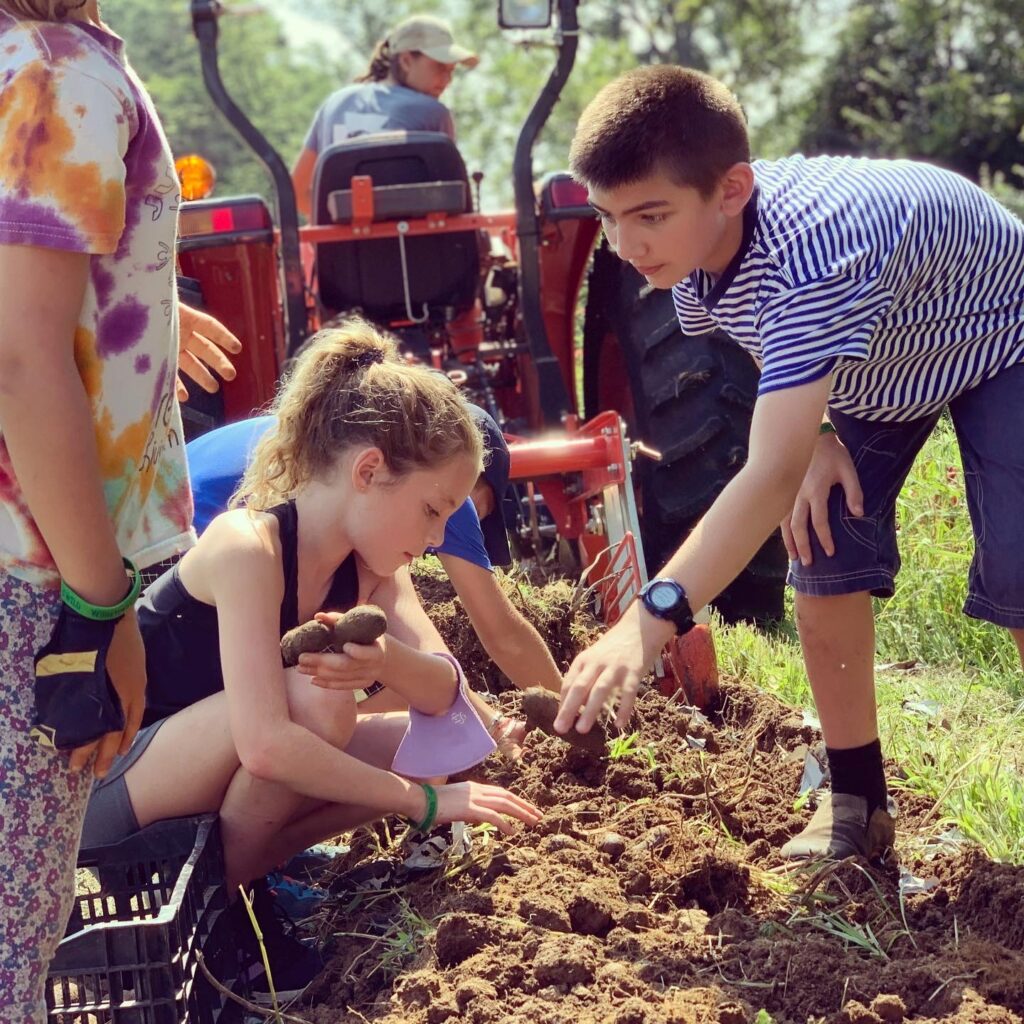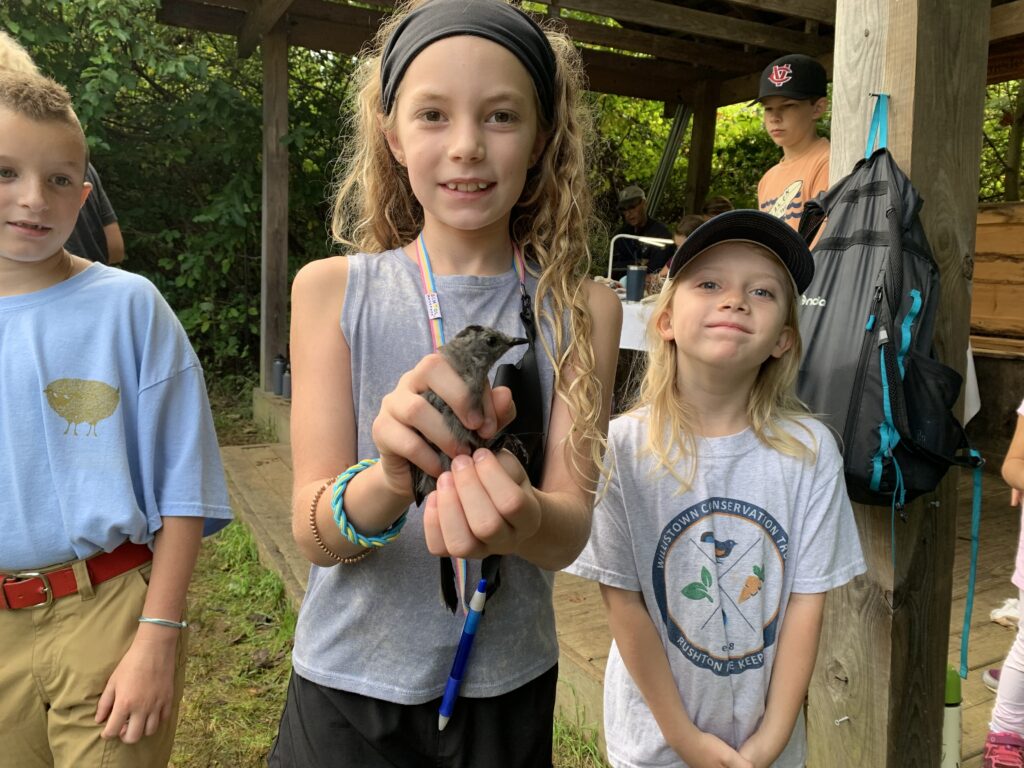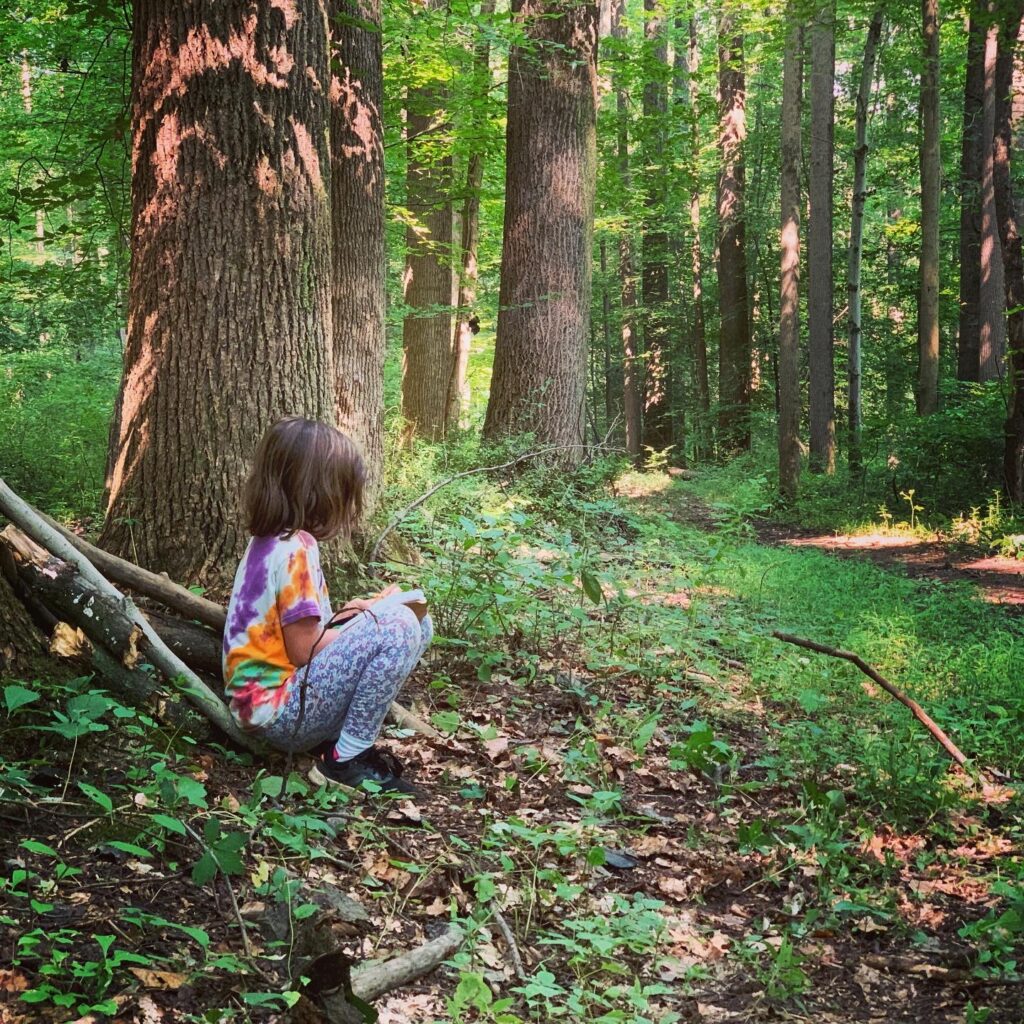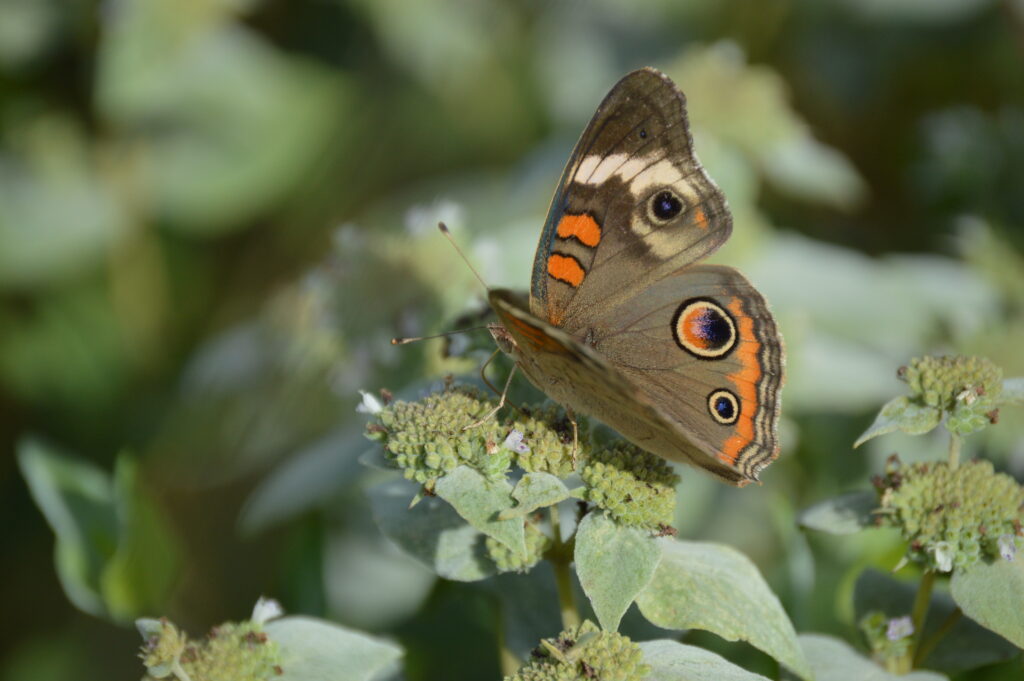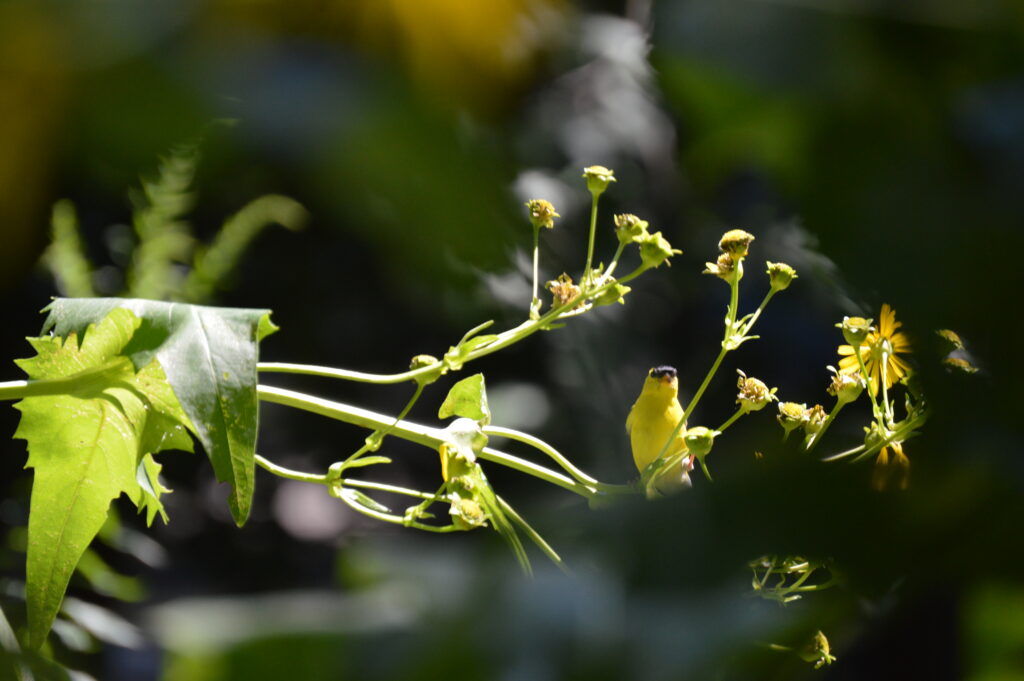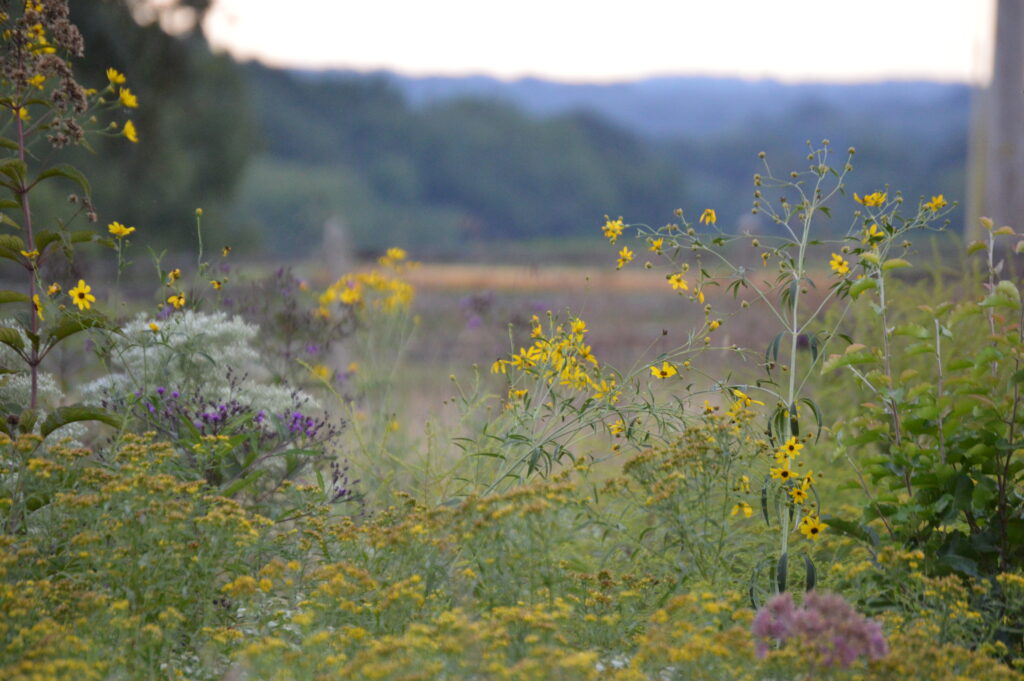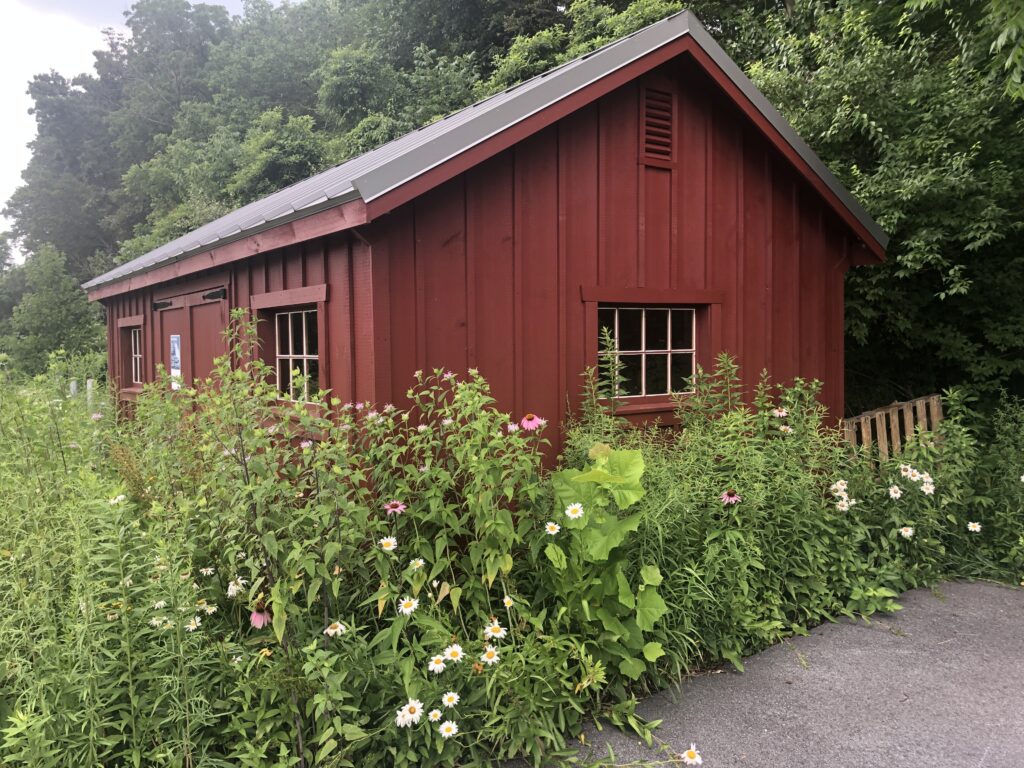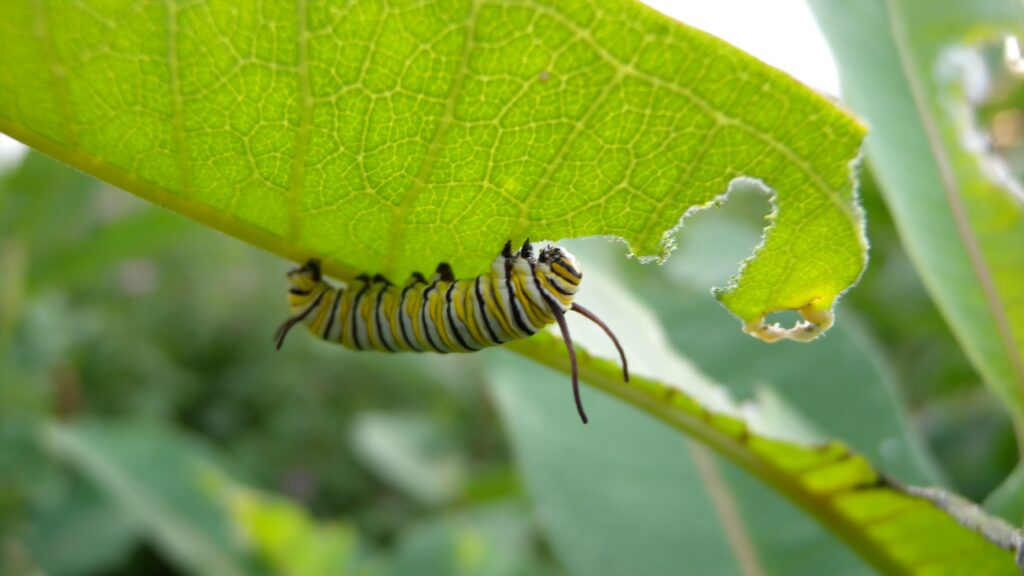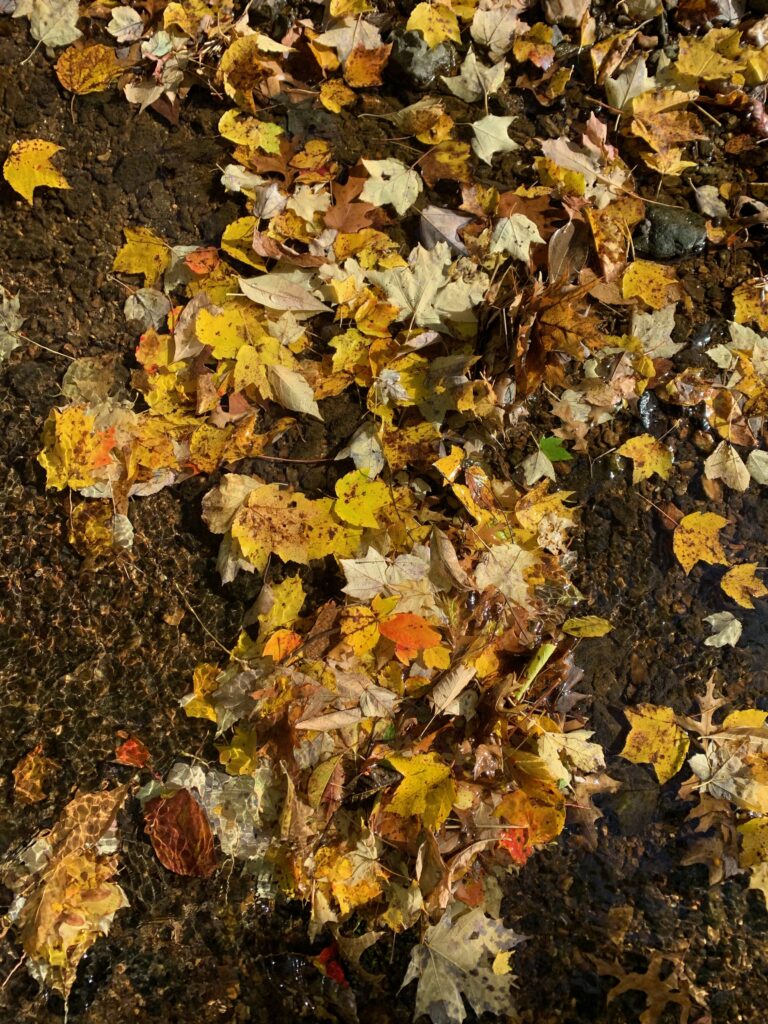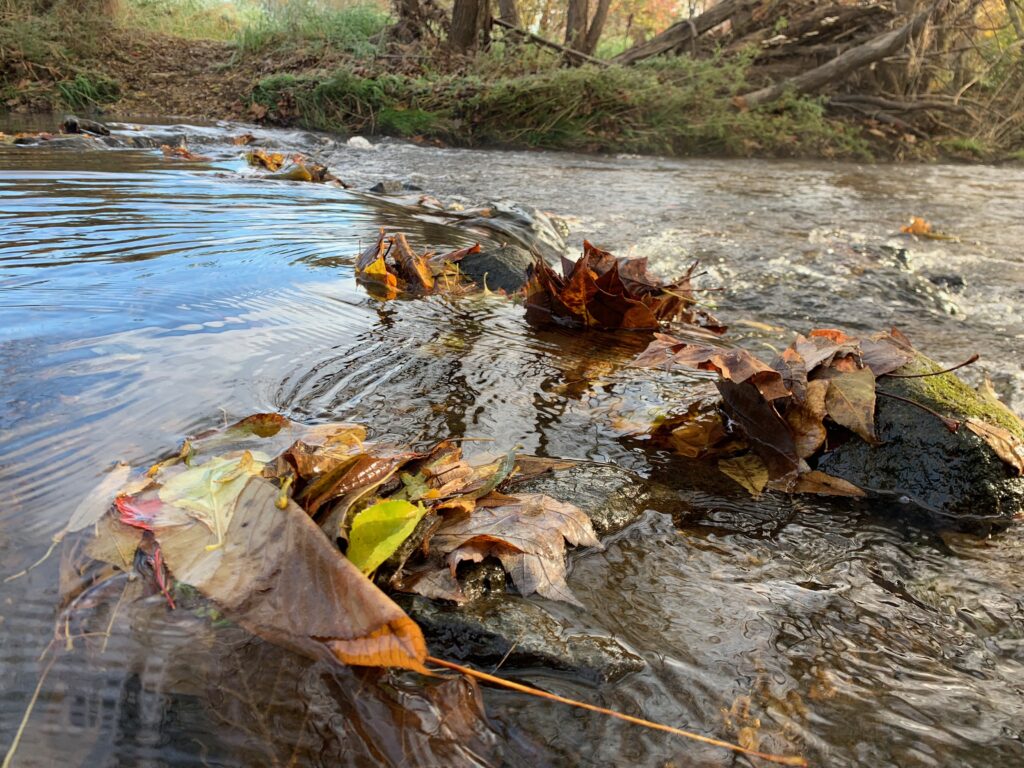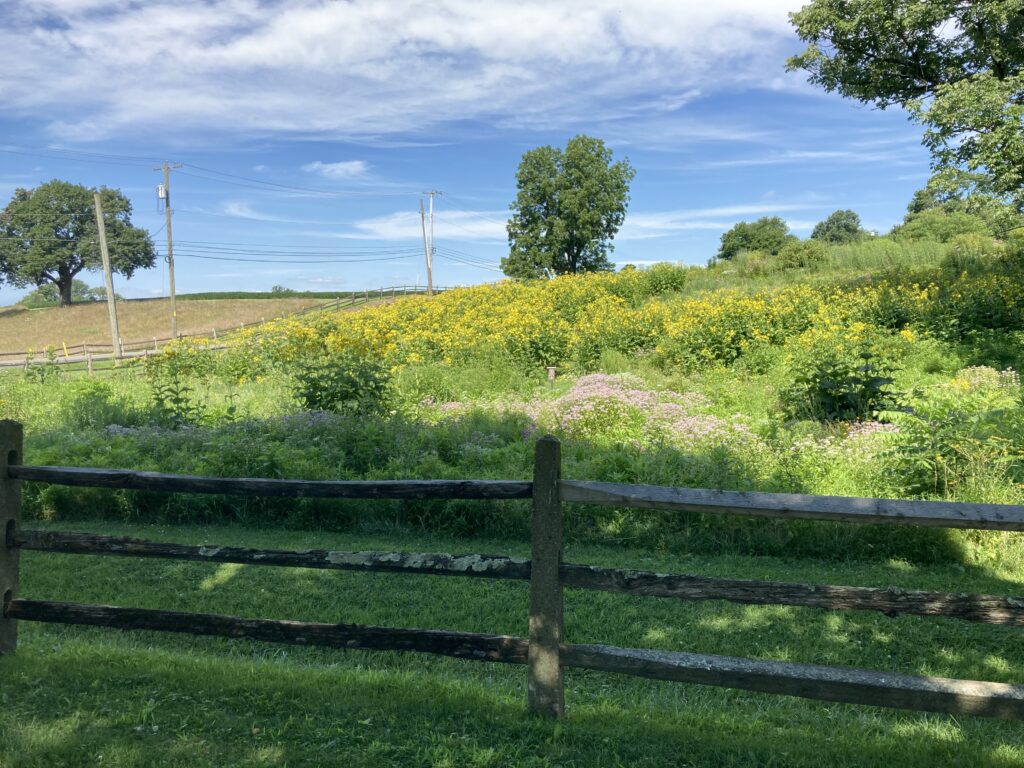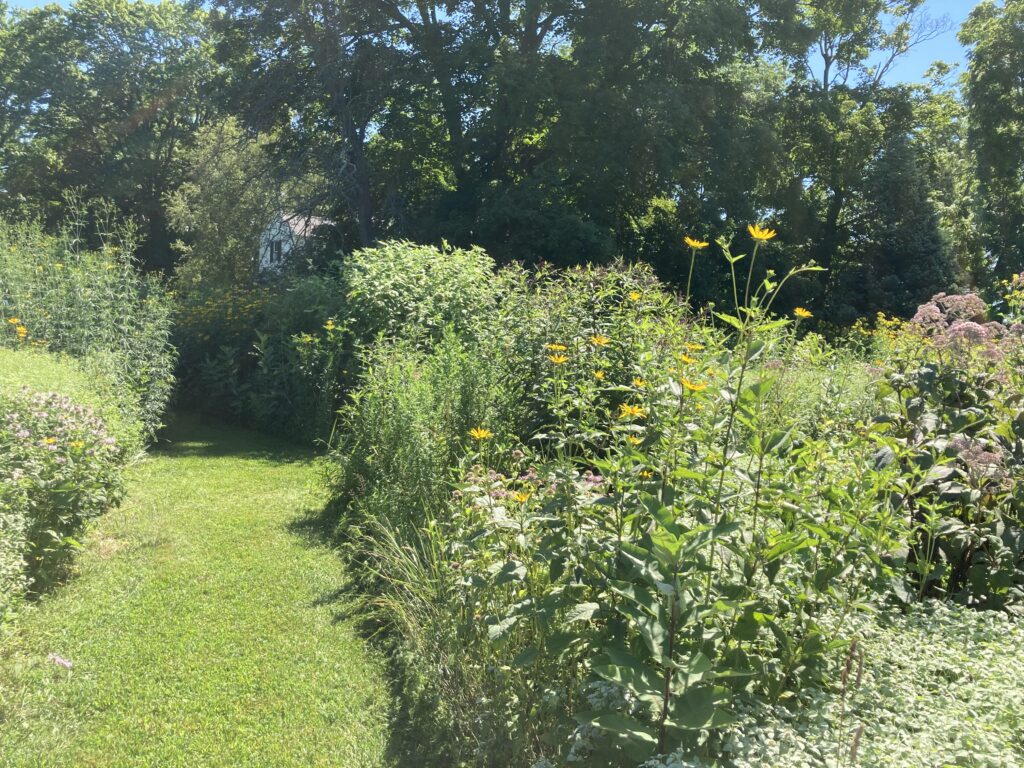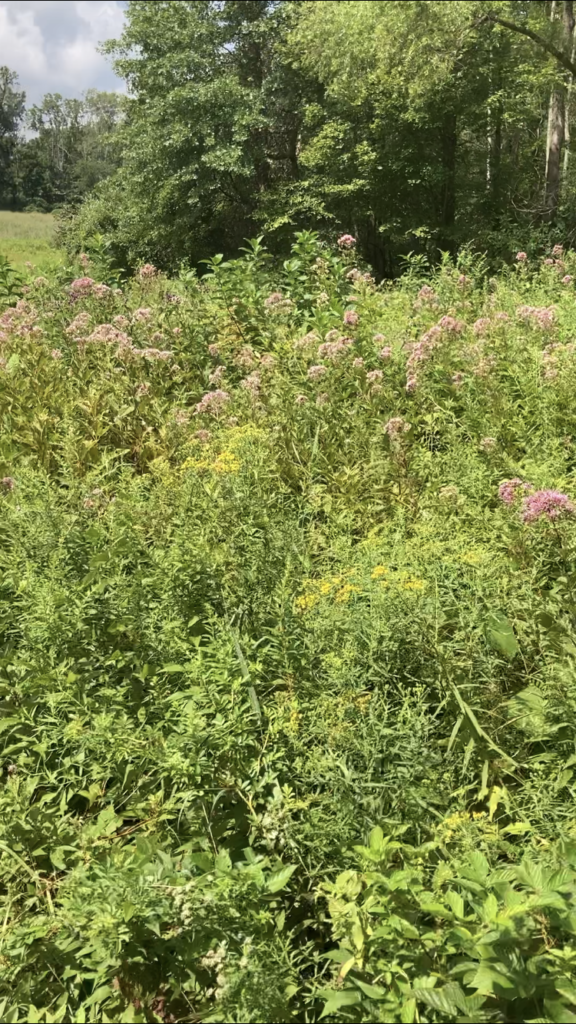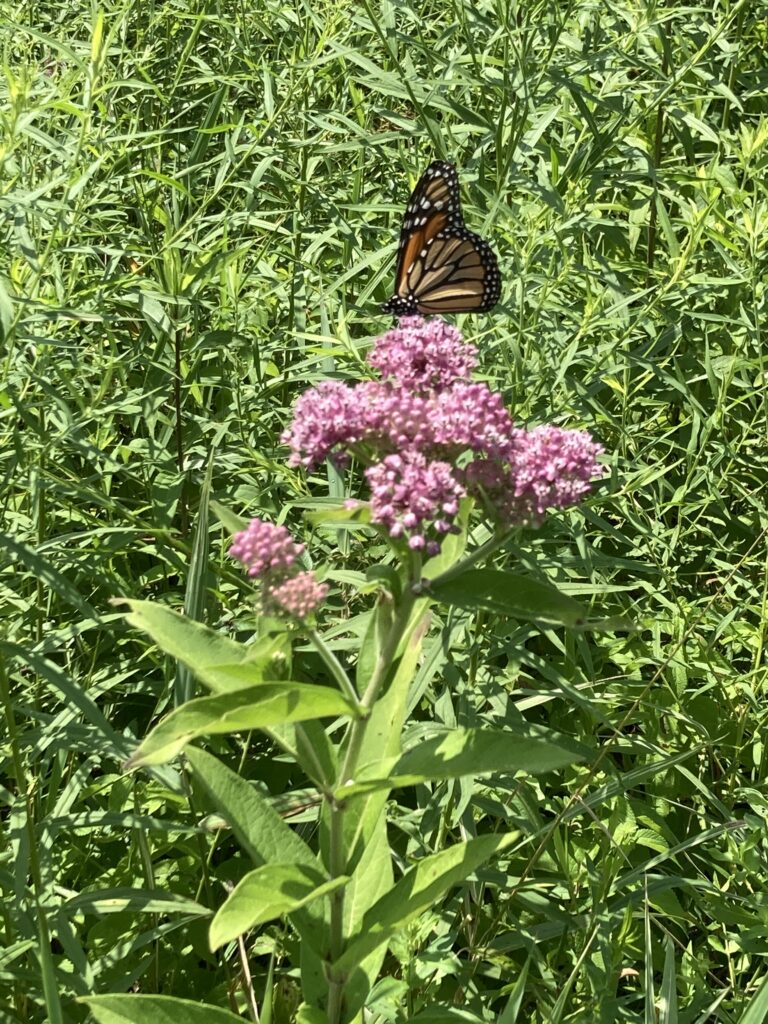Dear Friends and Neighbors,
Currently, there is a proposal in the Pennsylvania General Assembly called Growing Greener 3, and its funding affects our livelihood, along with the success of all conservation and environmental organizations in Pennsylvania. Our friends at Natural Lands wrote this message on the importance of using our collective voice in support of Growing Greener 3 this week, and we couldn’t have said it better ourselves! Read below and help us Invest in Nature.
Growing Greener 3 would invest $500 million in:
- conservation of open space and farmland,
- clean water initiatives,
- upgrades in state parks and forests,
- projects to reduce flooding, and
- trails, greenways, and parks.
There are two pieces of good news, and one problem. First, there is bipartisan support to use federal American Rescue Plan Act funds for these local investments. Second, Pennsylvania revenues are at all-time highs — we can afford to make this happen.
The problem is this: the representatives and senators who are championing this legislation tell us they are not hearing about it from their constituents.
This is where you can help. Would you please take just a moment to tell your elected officials that this investment is important and urgently needed? THIS WEEK is the most important time to get the message out.
Here’s what you can do:
- Call or email your representative and senator. You can find your legislators at this link.
- Tell them that the issues listed above are important to you.
- Ask them to support Growing Greener 3.
Ask them to talk to their leadership in the House/Senate to urge their support of Growing Greener 3. Please share this message with friends, neighbors, and family who also might be willing to make a call.
Here’s a sample email you can copy and paste:
I’m writing to urge Senator/Representative X to support Growing Greener 3. Our district needs investment in clean water, open space and farm conservation, vibrant parks and trails, outdoor recreation, and projects to reduce flooding. Please tell your leaders in the Senate/House that our district needs this funding. It’s important to me to have safe places to get outside, clean water to drink, and fresh air to breathe. Please make sure that Pennsylvania is investing in those things on our behalf.
Thank you for making your voice heard, and for speaking up for nature!
Sincerely,
Kate Etherington
Cover Photo by Jennifer Mathes
